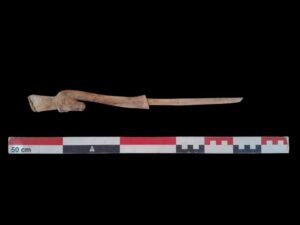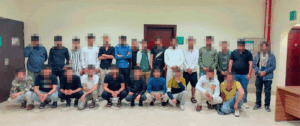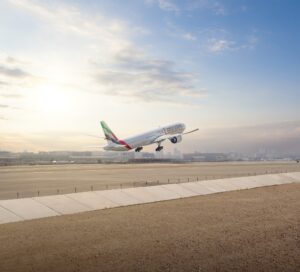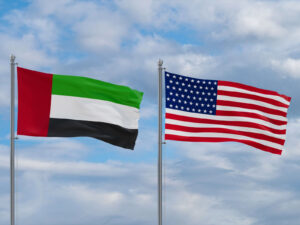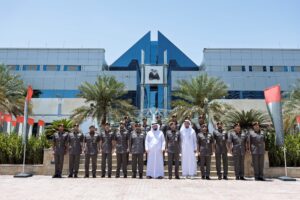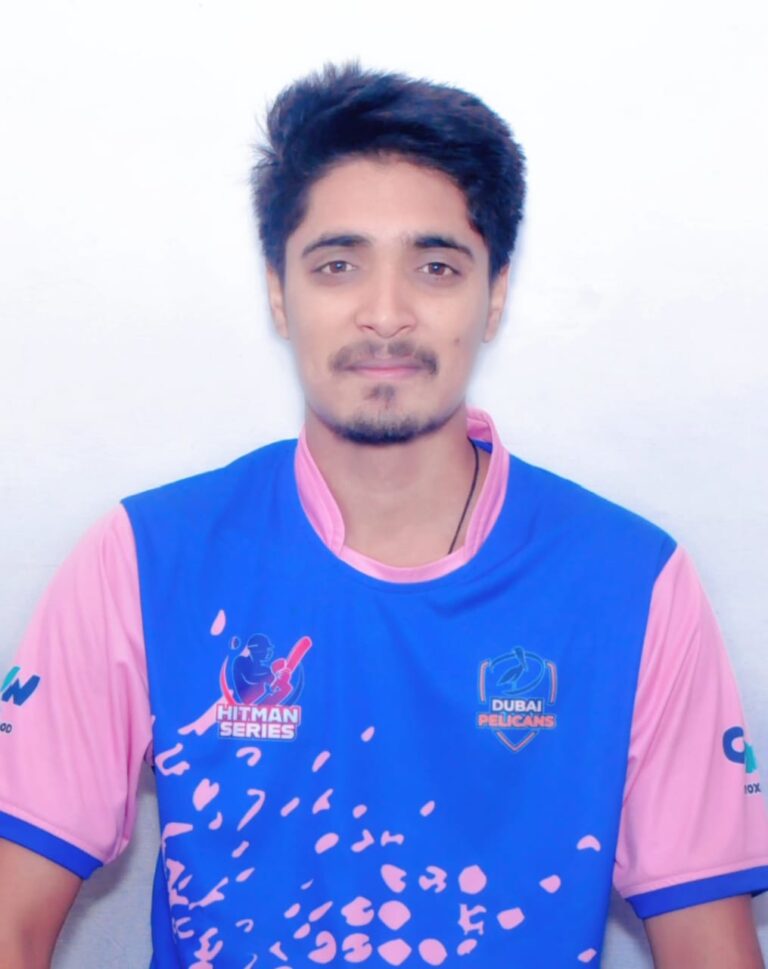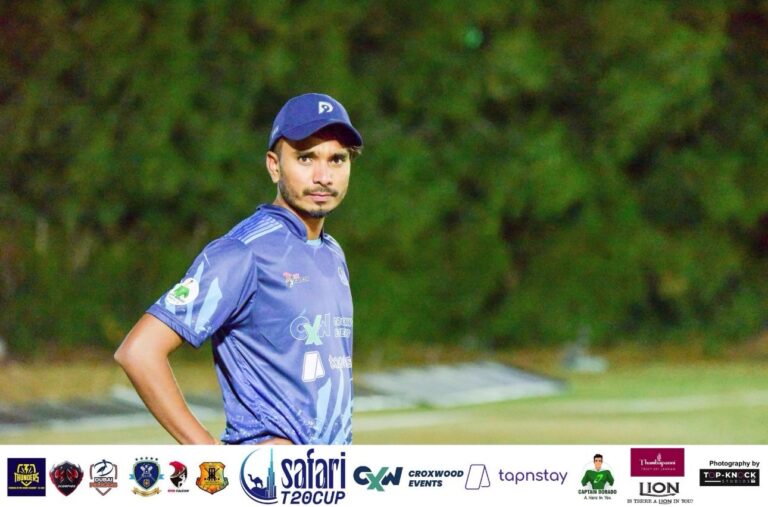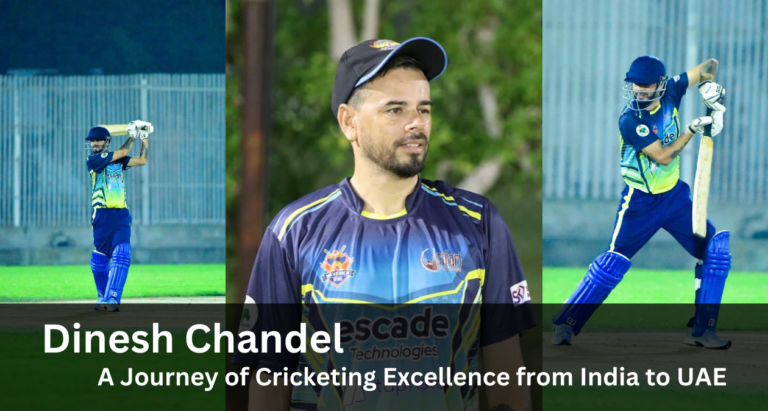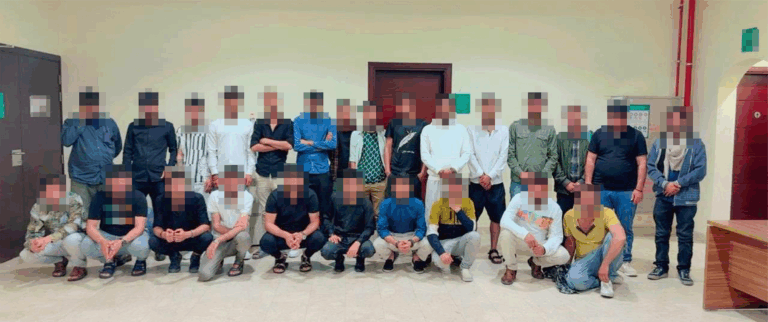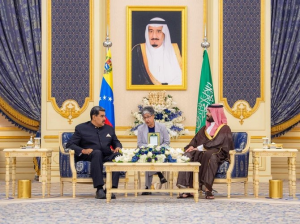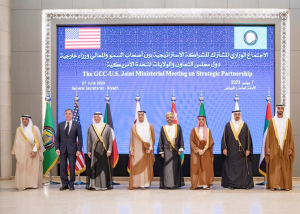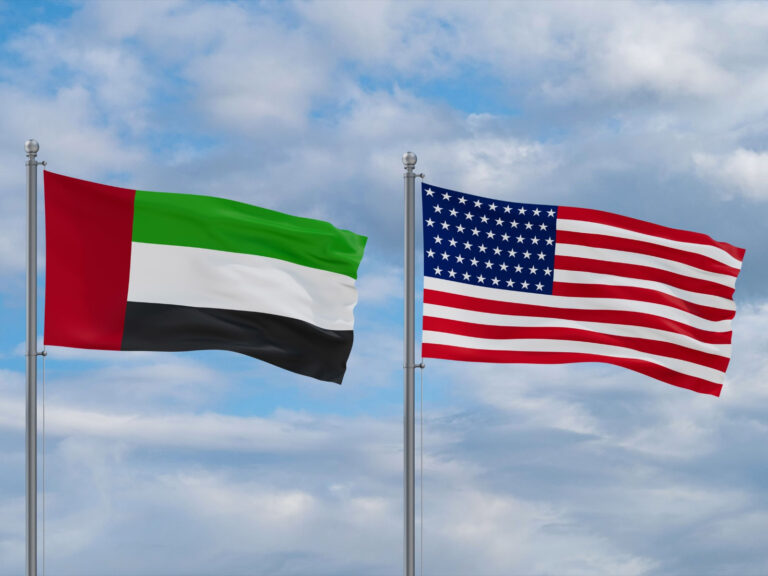- Kingdom’s Public Investment Fund has taken 75 percent ownership of four of the Kingdom’s top clubs: Al-Hilal, Al-Nassr, Al-Ittihad and Al-Ahli
RIYADH: A revolution is taking place in Saudi football, on and off the pitch. As some of the world’s best players increasingly look to the possibility of playing in the Roshn Saudi League, the prospect of privatization — and the benefits it could bring — is in the air at the Kingdom’s elite clubs.
On Sunday, it was reported that Karim Benzema, who received the Ballon d’Or last October, had agreed to sign for Al-Ittihad, just days after the Jeddah giants celebrated clinching a first league title since 2009.
The French striker follows in the footsteps of his former Real Madrid teammate, Cristiano Ronaldo, who signed for Al-Nassr in December. And the Portuguese star believes the future is bright for the Saudi top flight.
“The league is very good,” Ronaldo said shortly after the season concluded. “But I think we have many, many opportunities to still grow. The league is competitive … but they need to improve a little bit more the infrastructure.
“And in my opinion, if they continue to do the work that they want to do here for the next five years, I think the Saudi League can be a top-five league in the world.”
As his comments suggest, such improvement depends on more than simply importing world-class talent — though that certainly helps, and match attendances have increased by 150 percent in the past year alone.
Just as important, however — perhaps even more so — is the ways in which the domestic game is organized and so it was striking on Sunday when plans were announced to help a number of clubs privatize this year.
“The privatization and ownership transfer of clubs aims to accelerate progress in a variety of sports across the Kingdom, further growing participation, providing cutting-edge facilities, increasing competition and nurturing future champions,” the Saudi Press Agency reported.
These plans have not appeared out of the blue. There were previous moves to shift the ownership of clubs from the public to the private sector but progress, never easy and smooth in any such process, was further slowed by the COVID-19 pandemic.
According to the SPA, the current process will focus on three main aspects of development: Firstly to present the prospect of investing in Saudi sport as an appealing prospect; secondly to improve the governance of clubs and help them become more professional and sustainable; and thirdly to improve the infrastructure of clubs off the pitch to make them more competitive on it.
Authorities are targeting a fourfold increase in revenue generated by the Saudi League, from SR450 million a year ($120 million) to SR1.8 billion by 2030. By that time, the market value of the league is expected to increase from SR3 billion to SR8 billion.
In short, it is all about the Saudi game building a sustainable business model for itself.
The first steps were quickly taken. On Monday, it was announced that the Kingdom’s Public Investment Fund had taken a 75 percent ownership stake in four clubs: Al-Hilal, Al-Nassr, Al-Ittihad and Al-Ahli.
The fund said the remaining quarter share in each of the clubs would be held by their respective non-profit foundations. This transfer of ownership took place with the aim of attracting further investment, increasing the contribution of the private sector to the sports sector, and creating new jobs.
It remains to be seen what this will mean for Saudi football in the coming months but these are undoubtedly major developments. It is no coincidence that the best leagues in the world are contested by clubs that are privately owned.
Indeed, if the goal of Saudi authorities and the country’s football association is to develop a league that is one of the top 10 in the world by 2030, never mind match Ronaldo’s ambition of a top-five spot, then the teams that play in it will need to be able to attract the very best people, from other industries, to be part of their organizations.
They will have to be flexible, build deeper relationships with key stakeholders, and become even more connected with their local communities. Clubs will need to become proficient at standing on their own two feet and developing business plans, discovering along the way what works for them and what does not. In theory, privately-owned clubs are able to move more quickly and be more flexible than those under public ownership.
As well as watching world-class players take to the pitch in the Kingdom, fans should be able to enjoy doing so in world-class facilities. But it is also hoped the benefits that will come from all of this will be felt more widely throughout a society that has become much more sportier in the past few years.
Participation in sport has increased from 13 percent of the population eight years ago to almost 50 percent in 2022. Football is the most popular sport of all, with more than 80 percent of the population following, playing or watching it. The foundation is clearly there, and great potential.
Thanks to the arrival of some huge international soccer stars, and the prospect of more to follow, there is currently an unprecedented level of interest in Saudi football, both at home and abroad. This means that now the perfect time to develop the Saudi League off the pitch, as well as on it.
There is a long road ahead. There will be a lot of unglamorous and boring behind-the-scenes work to be done — but it is very necessary.
Ronaldo will not remain in Saudi Arabia forever but a league full of privately-owned clubs that are successful off the pitch as well as on it could become a fixture of world football for a long time to come.
